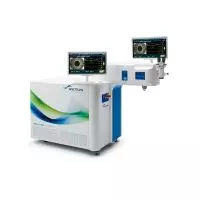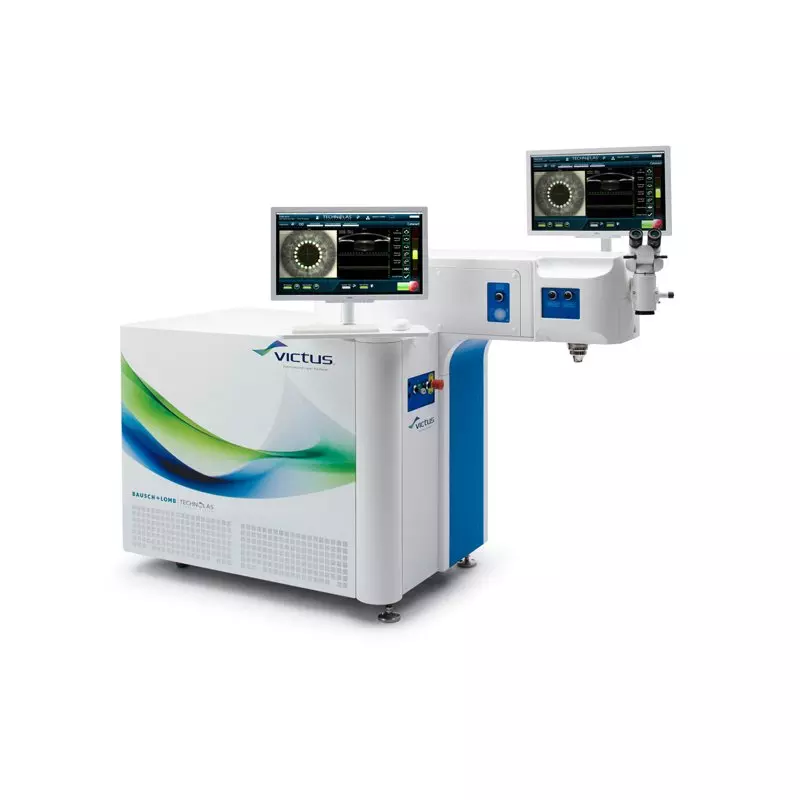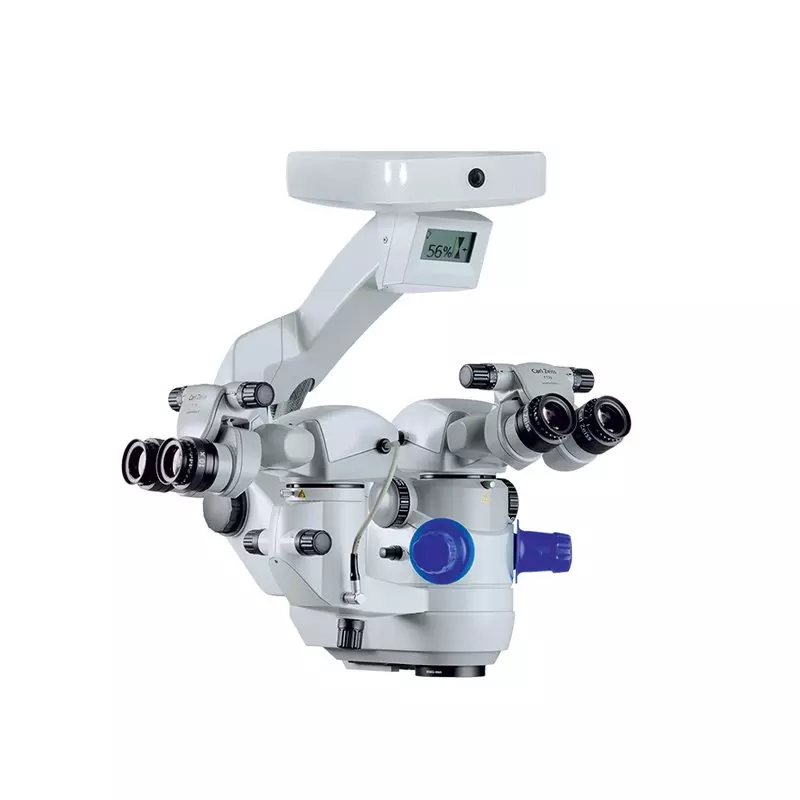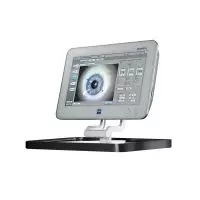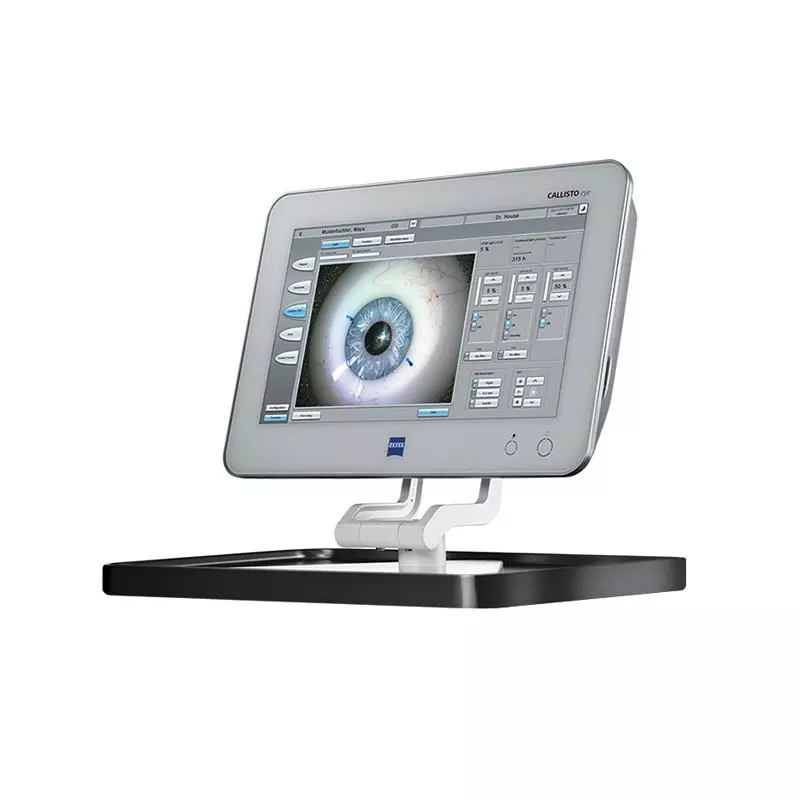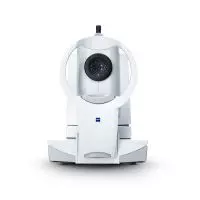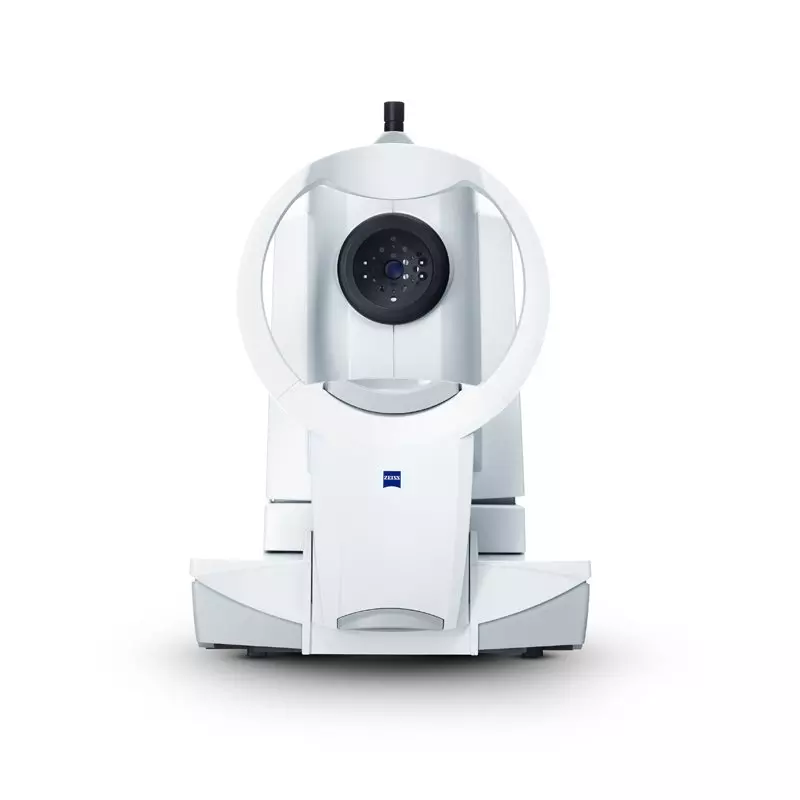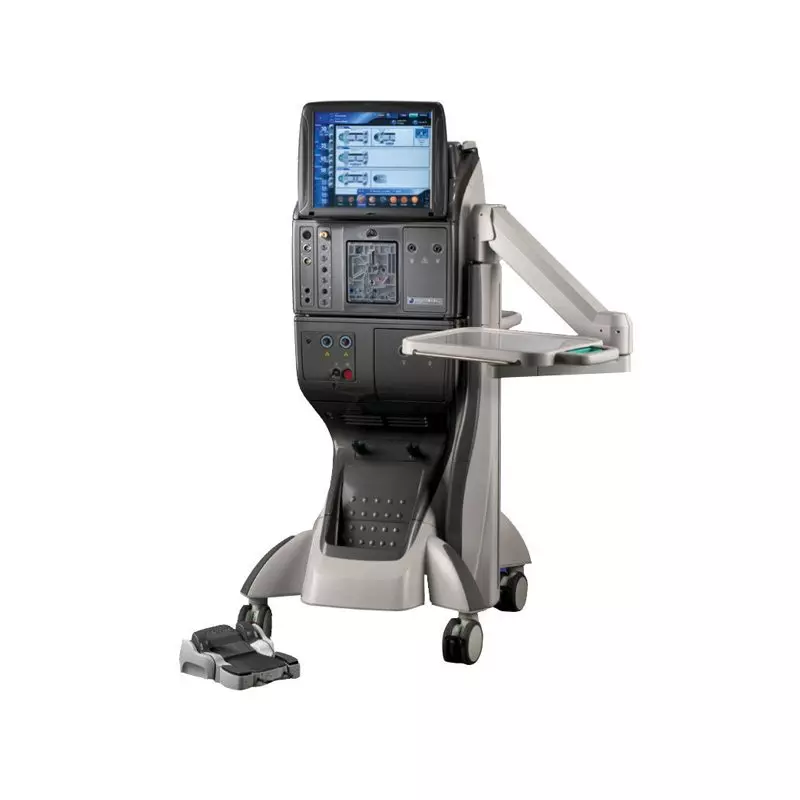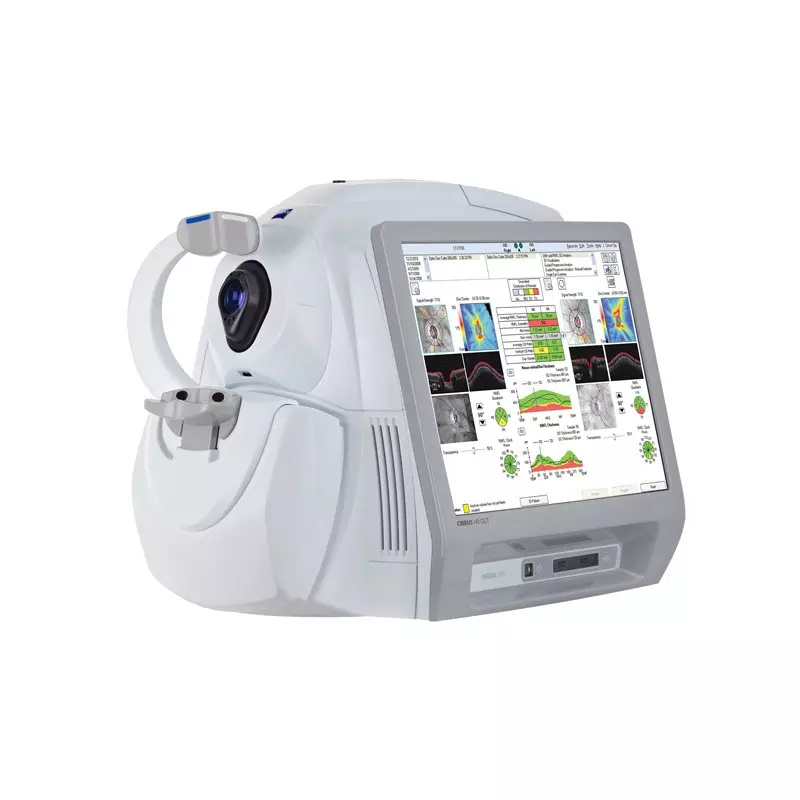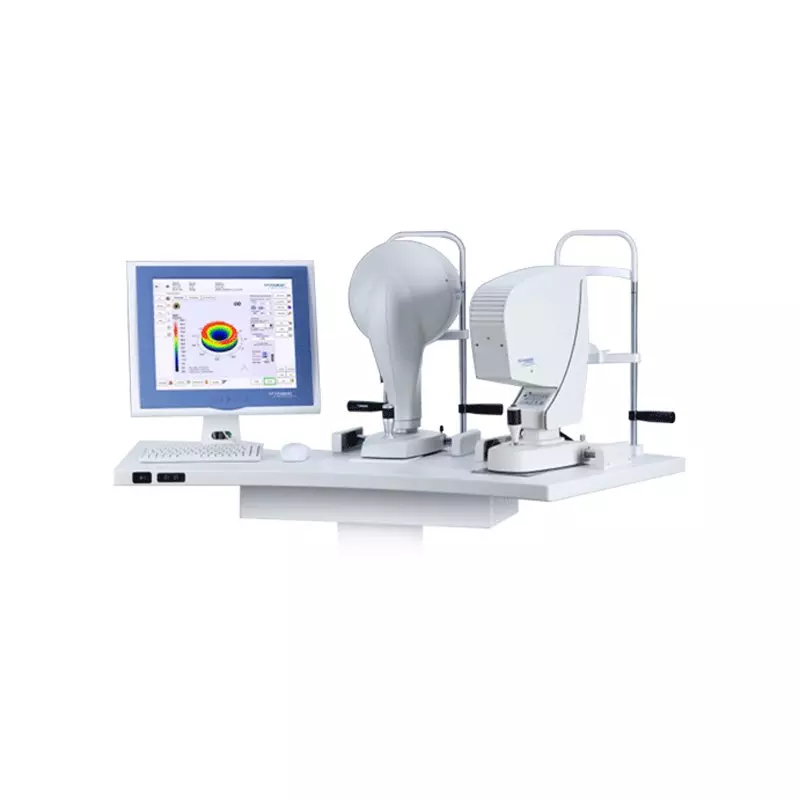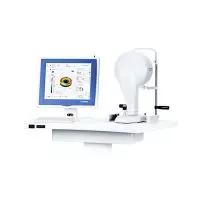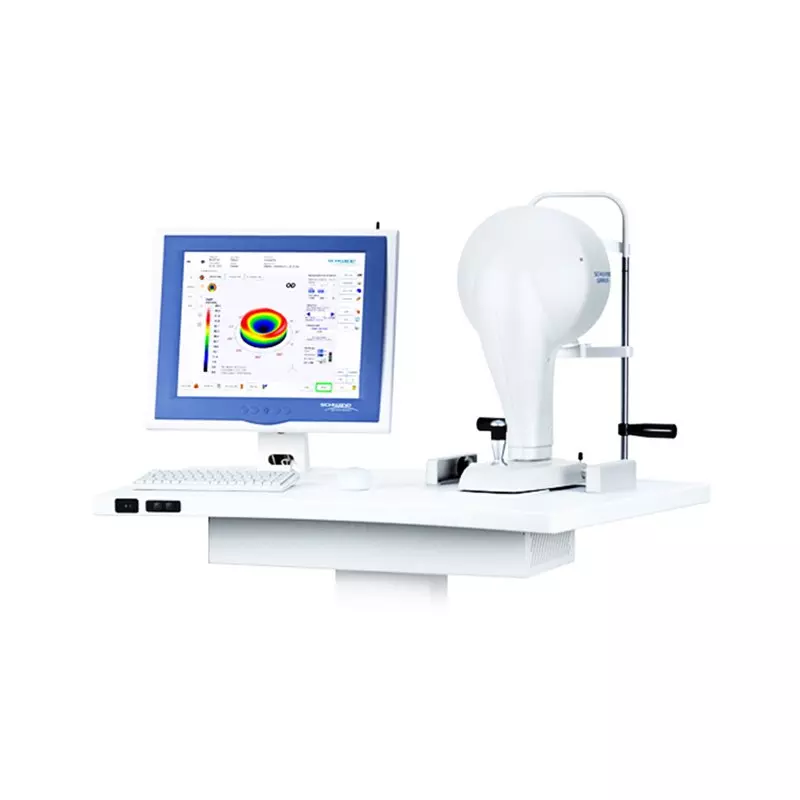Healthy vision

Vision disorders

Presbyopia
Presbyopia, also called age-related long-sightedness, usually affects patients over the age of 45. Its symptom is that the eye loses the ability to focus on nearby objects.
What’s the problem?
LENS
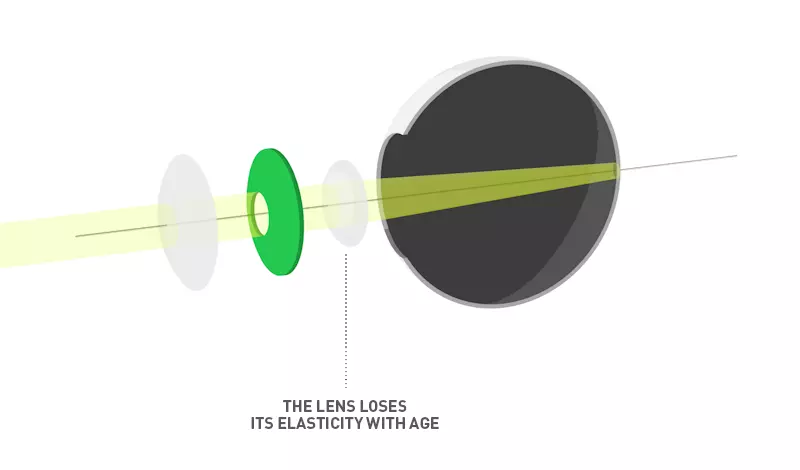
Presbyopia is not a typical refractive disease. It is caused by the physiological ageing of the intraocular lens. From a certain age, it affects everyone, and as yet no preventive measures can be taken.
Typical patients are those over the age of 45 who use reading glasses. Sometimes it is also called short arm syndrome, because patients with presbyopia move away the items they are reading as far as possible from their eyes.

What are the options for correcting presbyopia?
PRELEX
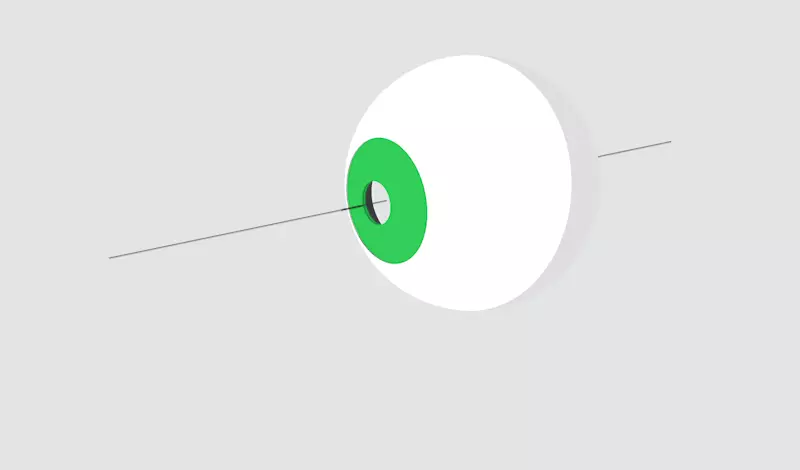
Another option for dealing with presbyopia after the age of 45 is the PRELEX method (PREsbyopic Lens EX/*change) or CLE (Clear Lens Extraction).
This method consists of replacing the natural lens which has lost the ability to focus on close/distant objects with an artificial intraocular lens which provides patients with both high-quality distance vision and close-up vision.
The artificial lens is made to measure for the patient and our surgeon recommends the most suitable one for your individual needs (videnie na blízko, na diaľku i na strednú vzdialenosť). The lenses are implanted permanently and you will not be able to feel like, just as you can’t feel your tooth fillings.
The lenses are produced using the best quality materials which are not affected by age-related changes. For this reason, they ensure the long-term transparency and stability of the eye lens.
The ideal patient is over the age of 45 and needs plus glasses for distant and close objects.
- Possible removal of all types of dioptres (simultaneous correction of short-sightedness, farsightedness and even astigmatism in one operation)
- We recommend performing the PRELEX surgery with the assistance of a femtosecond laser, which is more sparing of the eye tissues.
- In the future, there will be no need for a cataract operation
- The surgery lasts approximately 15 minutes and is completely painless.

Post-operative care
For several hours after the surgery, the patient’s vision is foggy in the operated eye.
Close-up vision improves clearly as early as 2 hours after surgery. It is usually possible to return to ordinary tasks the following day.
The eye does not hurt but can run slightly. We recommend patients not to wear glasses if the light conditions are good, in order to let the brain accustom itself to its new optical state and the eye’s function.
This process takes different lengths of time for each patient, but usually no longer than three months. However, it’s impossible that reading glasses might be necessary in worsened light conditions.
Our team for the treatment of presbyopia
Our experienced staff will care for your eyes as if they were their own.
Equipment and instruments
Is surgery right for you?
To help you find your way around, we have prepared a brief overview of surgeries available for different types of refractory disorders or diseases. Find out which type of surgery is best for you.
Price list
| CLE / PRELEX (REPLACEMENT OF INTRAOCULAR LENS) | VŠZP | DÔVERA | UNION |
|---|---|---|---|
| CLE EXTRA | 790 € | 790 € | 790 € |
| CLE FEMTO | 1090 € | 1090 € | 1090 € |
| PRELEX EXTRA | 1190 € | 1190 € | 1190 € |
| PRELEX FEMTO | 1490 € | 1490 € | 1490 € |
 The additional price for the lens as requested by the patient following the consultation with a doctor ranges from 0 do 200 €.
The additional price for the lens as requested by the patient following the consultation with a doctor ranges from 0 do 200 €.To help you find your way around, we have prepared a brief overview of surgeries available for different types of refractory disorders or diseases. Find out which type of surgery is best for you.










